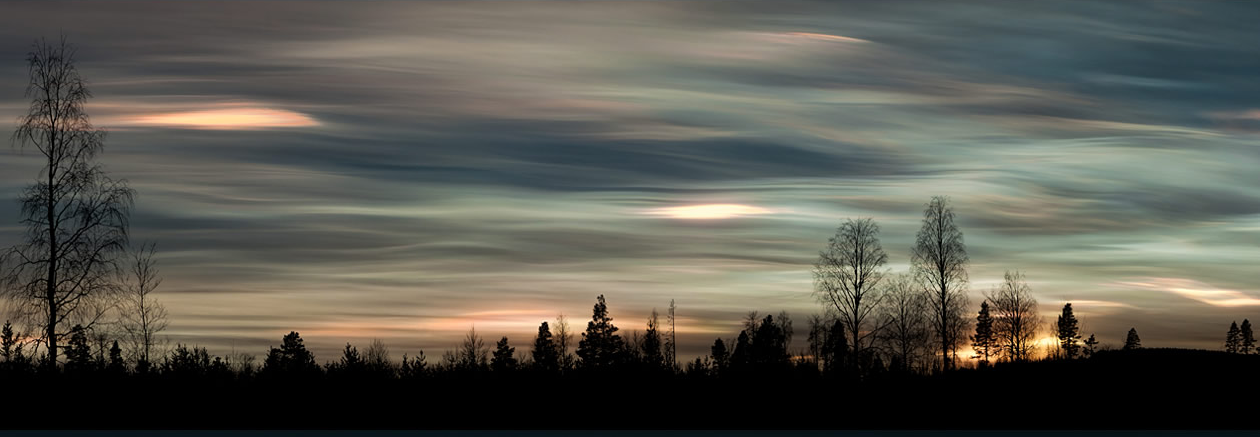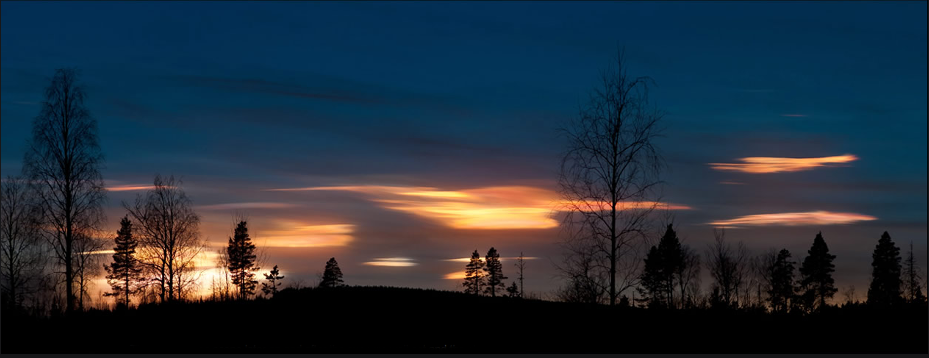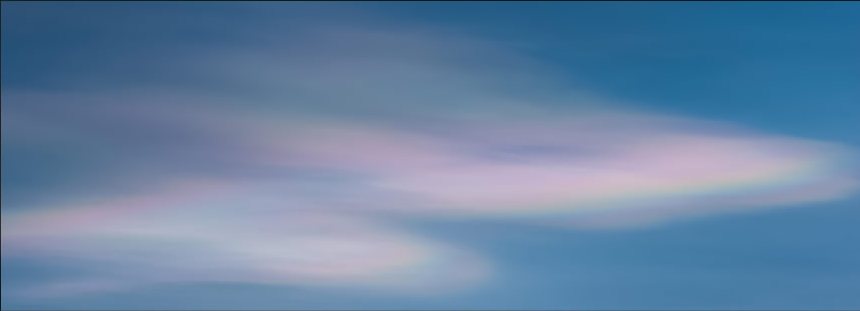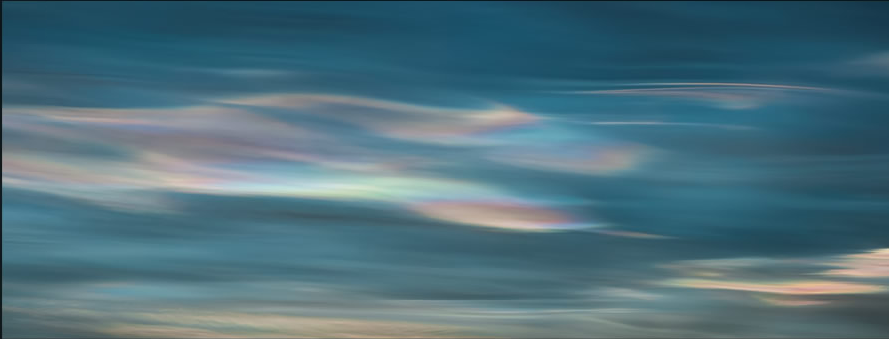Nacreous Clouds, Sweden - OPOD
Nacreous Clouds: A Mesmerizing Phenomenon in the Swedish Sky
Nacreous clouds, also known as mother-of-pearl clouds, are a captivating atmospheric optical phenomenon that grace the skies of Sweden during the cold winter months. These ethereal clouds are a sight to behold, with their vibrant colors and shimmering iridescence. In this article, we will delve deeper into the enchanting world of nacreous clouds and explore their formation, characteristics, and significance.
The Splendor of Nacreous Clouds
Nacreous clouds, as imaged by Roel Wijtmans in February 2011, captivate observers with their otherworldly beauty. These images, taken in Sweden, showcase the mesmerizing display of colors and patterns exhibited by these clouds. It is a reminder that the nacreous cloud season has arrived, requiring a frigid stratosphere and strong surface winds to lift water vapor upwards.
Illuminated by Reflected Light
As the sun sets and the sky darkens, the nacreous clouds transform into radiant lamps, glowing with a celestial aura. However, it is important to note that their luminescence is not self-generated. Instead, they shine through the reflection and diffraction of sunlight at their elevated altitudes of 15 to 35 kilometers within the stratosphere.
Distinguishing Nacreous Clouds from Iridescent Clouds
At first glance, nacreous clouds against a bright sky may be mistaken for ordinary iridescent clouds found in the troposphere. However, there are several distinguishing clues that set them apart. These include their slower movement relative to lower and darker clouds, their prolonged existence, and their intensifying brightness as the sky darkens.
Unveiling the True Nature of Nacreous Clouds
As the day progresses and darkness envelops the sky, the true nature of nacreous clouds becomes more apparent. These stunning clouds, known as Type II Polar Stratospheric Clouds, are intermingled with less vibrant and colorful Type I PSCs. While Type II clouds consist of tiny ice crystals formed at temperatures below -85°C, Type I clouds can form at slightly higher temperatures (-78°C) and are composed of nitric acid hydrates and nitric/sulfuric acid solutions.
The Science Behind Nacreous Clouds
Nacreous clouds not only captivate the eye but also have scientific significance. The surfaces of Type I PSCs act as catalysts for the conversion of chlorine species into highly reactive free radicals. These free radicals can then contribute to the destruction of stratospheric ozone. Therefore, studying nacreous clouds and their composition can provide valuable insights into the complex interactions occurring in our atmosphere.
The Rarity of Nacreous Clouds
Nacreous clouds are a relatively rare phenomenon, primarily occurring in polar regions during the winter months. Their formation requires specific atmospheric conditions, including a cold stratosphere and strong winds that facilitate the uplift of water vapor. Consequently, their infrequency adds to their allure and makes encountering them a special and memorable experience.
The Importance of Observing Nacreous Clouds
Observing and documenting nacreous clouds is not only a visually rewarding experience but also contributes to our understanding of atmospheric optics and the delicate balance within our atmosphere. By studying these remarkable clouds, scientists can gain insights into the intricate processes occurring at high altitudes and their potential implications for our planet's climate and ozone layer.
Conclusion
Nacreous clouds, with their stunning colors and iridescence, are a testament to the breathtaking beauty of our natural world. These mesmerizing formations in the Swedish sky serve as a reminder of the delicate balance within our atmosphere and the intricate processes occurring at high altitudes. By studying nacreous clouds, scientists can unlock valuable insights into atmospheric optics and the interplay between various chemical compounds. So, keep your eyes on the sky during the cold winter months, for you may just witness the enchanting display of nacreous clouds and contribute to our understanding of our ever-changing atmosphere.

Nacreous Clouds, Sweden ~ Imaged by Roel Wijtmans ( photosynthesis in nature ) in February 2011 and a reminder that in the north the nacreous cloud season of a needed cold stratosphere and sometimes high surface winds to loft upwards water vapour is on us again. All images ©Roel Wijtmans, shown with permission

The same scene scene later on and after the sun was well set and the sky had darkened. The nacreous clouds now glow like unworldly lamps. Yet they shine only by reflected and diffracted light from the sun still shining at their stratospheric 15 - 35 km altitude.

Two images from earlier in the afternoon (the sequence of four was taken over 2-3 hours).
At right the clouds against a still bright sky might be mistaken for ordinary tropospheric iridescent clouds. Look for distinguishing clues like slow movement relative to lower and darker clouds, longevity and brightening as the sky darkens.

Later on their true nature is better revealed.
The brightly iridescent nacreous clouds (Type II Polar Stratospheric Clouds) are embedded by less bright and colourful Type I PSCs.
Type II (nacreous) clouds are made of tiny ice crystals at temperatures of -85C and below. Type I clouds can form at slightly higher temperature (-78C) and are nastier stuff. They are solid and liquid specks of nitric acid hydrates and nitric/sulfuric acid solutions. Their surfaces are catalysts for conversion of chlorine species to more active free radicals that can then destroy stratospheric ozone.
Note: this article has been automatically converted from the old site and may not appear as intended. You can find the original article here.
Reference Atmospheric Optics
If you use any of the definitions, information, or data presented on Atmospheric Optics, please copy the link or reference below to properly credit us as the reference source. Thank you!
-
<a href="https://atoptics.co.uk/blog/nacreous-clouds-sweden-opod/">Nacreous Clouds, Sweden - OPOD</a>
-
"Nacreous Clouds, Sweden - OPOD". Atmospheric Optics. Accessed on April 19, 2024. https://atoptics.co.uk/blog/nacreous-clouds-sweden-opod/.
-
"Nacreous Clouds, Sweden - OPOD". Atmospheric Optics, https://atoptics.co.uk/blog/nacreous-clouds-sweden-opod/. Accessed 19 April, 2024
-
Nacreous Clouds, Sweden - OPOD. Atmospheric Optics. Retrieved from https://atoptics.co.uk/blog/nacreous-clouds-sweden-opod/.